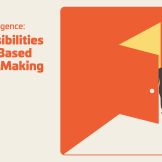How Open Source Database Technology Can Support Transformation
In many organizations, the prospect of replacing legacy database systems can seem daunting because those systems often are deeply embedded in agency operations. But installing a new system doesn’t have to mean ripping out your old one.






